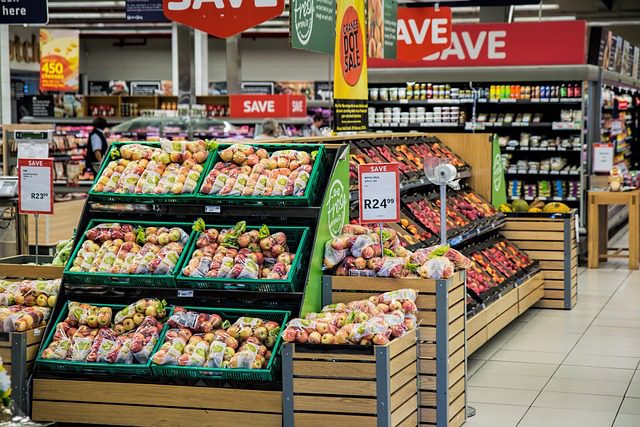An American household’s average food spending was $438 in 2021. However, food prices rose by 11.4% from 2021 to 2022, leading to increased grocery costs. Grocery costs differ from one household to another based on what they purchase, their consumption rate, state prices, and shopping frequency.
While grocery spending and inflation are inevitable, being careless about it may result in unreasonable money wastage. If you’re keen on cutting these expenses, some tricks and strategies can help. This post outlines several ways to save money on groceries.
Table of Contents
1. Use a grocery delivery app
A grocery delivery app provides a range of retailers based on where you reside. It lets you shop and then gets the items delivered to your doorstep. Besides their convenience, another advantage is that you can save money with grocery delivery apps. Using these apps ensures you only shop for what you need, eliminating the risk of impulse buying.
Buying in bulk can also reduce your grocery spending because it’s less costly per unit. Nonetheless, this varies depending on what you’re purchasing. Utilizing a grocery delivery app means saving money on fuel you would have otherwise spent driving to the store.
2. Consider batch cooking
Batch cooking involves preparing many meals at a time and storing them for later use. Once the food is cooked, it’s put in airtight containers and it’s kept in a freezer and fridge. Batch cooking requires buying groceries in bulk, which is often cheaper. Since this food preparation method considers meal planning, you only buy the particular ingredients you’ll require, eliminating the risk of purchasing things you may not use or that may expire before you use them.
With batch cooking, you don’t have to keep frequenting the grocery store. You can start with a week’s food, then move two, and later graduate to a month once you get used to it.
3. Make a grocery list
Spending an outrageous amount on groceries is easy, especially if you’re an impulse buyer. With offers like buying one to get one free and other groceries on sale, you may fill your shopping cart with things you didn’t plan to buy. Luckily, a grocery list can help. Take stock of what you have in your pantry before heading to the grocery store, then make a detailed list of everything you need. This will lower the risk of impulse buying and ensure you get everything you require while reducing the time spent in the grocery store.
4. Try meal planning
Meal planning involves deciding what you’ll eat in advance using foods in hand, your schedule, seasonal produce, your preferences, groceries on sale, and more. This results in a once-a-week grocery shopping for only the things you need. When you shop according to your meal plan, less food is wasted. A meal planner also helps ensure you utilize what you already have in your freezer or pantry, minimizing wastage.
5. Compare store prices
Comparing prices across various grocery stores helps you find one with the cheapest offerings. This can significantly reduce your grocery store spending. A grocery store comparison app lets you sift through numerous stores quickly, saving time.
Endnote
The rising inflation cost has led to constantly rising grocery prices. However, implementing these strategies can help save money on groceries.
Featured Image by Steve Buissinne from Pixabay




